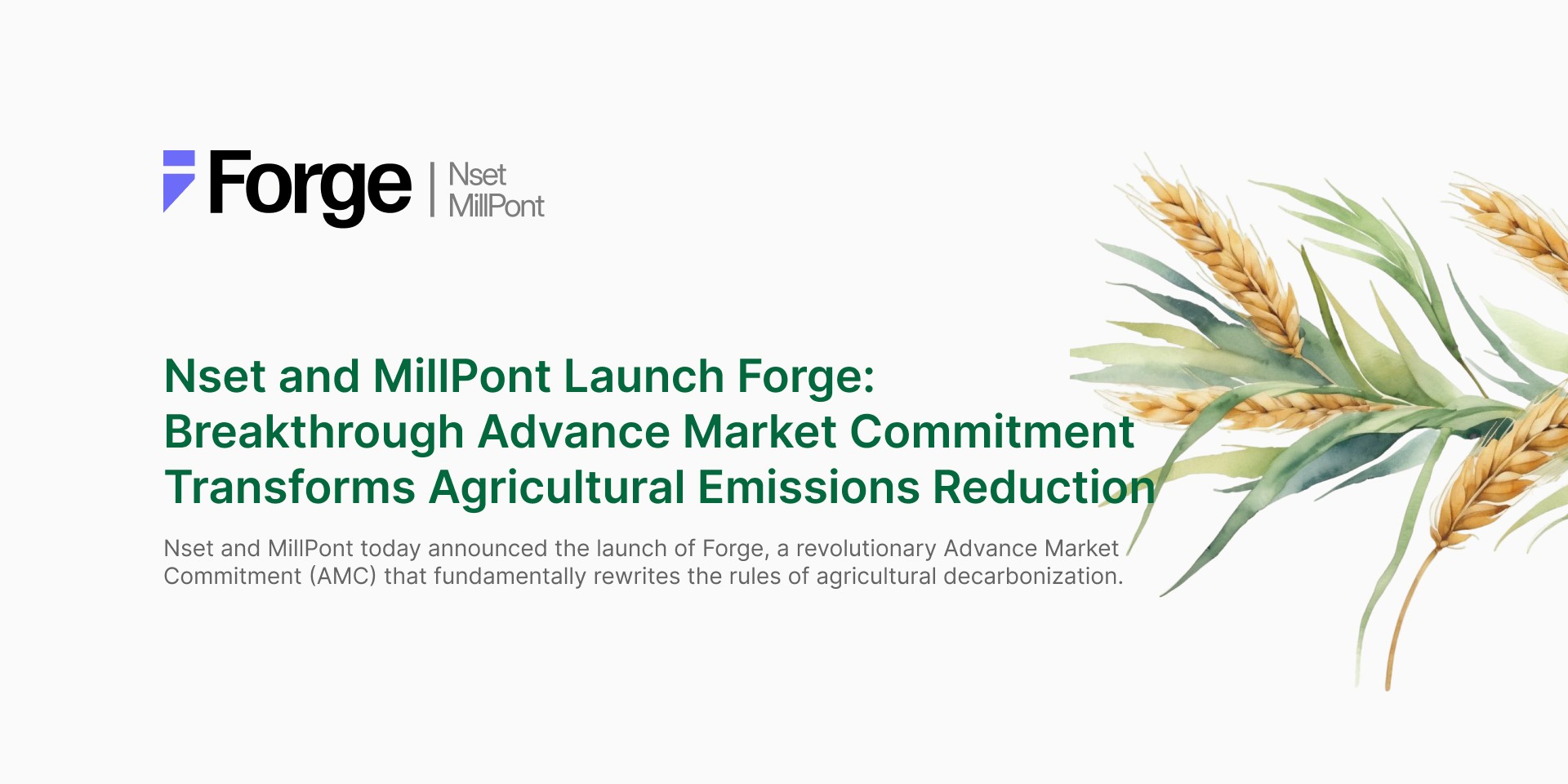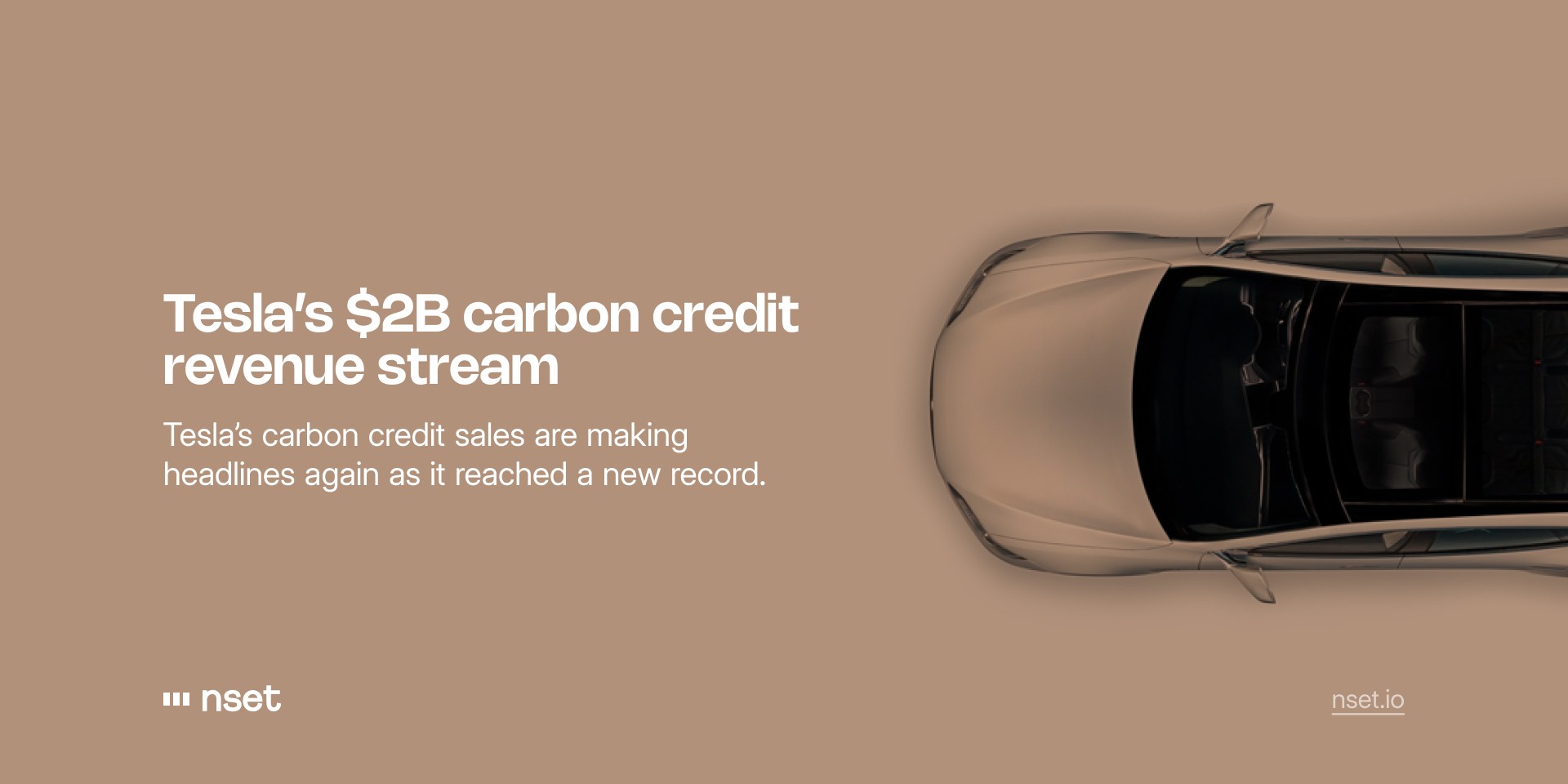What is Carbon Insetting? Increasing the Sustainability and Revenue of Supply Chains
Montag, 15. Januar 2024
This is part one of our bite-size series introducing the intricacies and opportunities of insetting for your organization.
In a rapidly evolving business landscape, the pursuit of sustainability has become integral to corporate success. As CEOs, CFOs, and CSOs navigate the challenges of reducing environmental impact, a powerful strategy gaining momentum is insetting.
In this introductory blog post, we embark on a journey to demystify insetting by exploring:
What is carbon insetting?
How does it differ from carbon offsetting?
What is the strategic importance of insetting?
Examples from leading organizations
——
❓ What is Insetting?
Carbon insetting is not just a buzzword, but a transformative approach to achieving sustainability goals.
Unlike traditional offsetting, carbon insetting integrates low carbon and sustainability initiatives directly within an organization's supply chain. This enables companies to take responsibility for all operational and Scope 3 emissions to create a positive impact on both the environment and the bottom line.
Or put simply by the World Economic Foundation:
"…carbon ‘insetting’ focuses on doing more good rather than doing less bad within a value chain".
If you’ve heard insetting be referred to as something slightly different related to value chain decarbonization, not to worry! Consensus over the final meaning of insetting is still evolving, as revealed in Abatable and the International Platform for Insetting’s latest report.

Source: Addressing Scope 3 – how insetting can be scaled to tackle supply chain emissions report
💡 Insetting vs. Offsetting
Understanding the key differences between offsetting and insetting is crucial for executives steering their companies toward a greener future.

Source: Understanding offsetting vs insetting
While offsetting typically involves investing in external projects to compensate for emissions, carbon insetting focuses on internal actions that directly reduce a company's carbon footprint.
While an important tool, carbon offsetting can’t be considered a substitute for direct emissions reductions. Insetting therefore provides a proactive and integrated approach, ensuring that sustainability becomes a fundamental part of the corporate DNA, rather than a detached initiative.
🏆 Strategic Importance of Insetting
For CEOs and CFOs, the bottom line is paramount.
Insetting aligns with these financial interests by fostering a company's competitiveness, resilience, and long-term viability in a rapidly changing business landscape. This makes sustainable supply chains are economically viable as well as environmentally responsible.
Benefits of carbon insetting beyond tackling Scope 3 emissions include:
Improved resilience: Decarbonization often involves improving energy efficiency and optimizing resource use. This not only reduces environmental impact but also enhances operational resilience by minimizing dependency on scarce resources and mitigating risks associated with resource scarcity or price volatility.
Revenue creation: Shifting to renewable energy sources and implementing energy-efficient technologies can result in direct cost savings. Over the long term, companies can achieve financial benefits through reduced energy expenses, enhancing overall operational efficiency.
Brand reputation: Decarbonizing value chains aligns with growing societal expectations for environmentally responsible business practices, positioning a company as a responsible corporate citizen.
Leading regulatory regulations: Many regions are implementing or planning stricter environmental regulations. Proactively decarbonizing value chains allows companies to stay ahead of regulatory requirements, avoiding potential legal issues and fines.
Catalyzing innovation: The pursuit of decarbonization often drives innovation in processes, products, and technologies. Companies that actively engage in this process position themselves as leaders in innovation, fostering a culture of continuous improvement.
📚 Examples of Insetting

Image: Pixabay
Insetting can be used in multiple ways to integrate low carbon and sustainable solutions into an organization’s supply chain. These include:
Adopting sustainable and regenerative agricultural practices to improve the environmental and social impact of raw materials, such as coffee, cotton and animal products.
Harvest and Mill provide one such example, sourcing 100% organic cotton from the US
Using recycled plastics to replace virgin material, as offered by nset partner Realizse.
The European Union has set a directive requiring companies to use at least 25% recycled plastic in PET beverage bottles from 2025!
Integrating renewable energy sources like solar or wind for powering manufacturing plants, or conducting regular energy audits to identify and address power inefficiencies.
McDonalds USA has entered to an agreement with 5 of its key supply partners to procure 183MW of wind power from a project in Texas. This means the electricity load of their entire logistics supply restaurants is expected to be 100 percent supported by renewable energy.
Switching to sustainable materials made with recycled or bio-based alternatives, with examples ranging from vegan leather to recycled textile fibers.
Made of Air are one such innovative start-up in this space, who have developed a carbon negative filler material.
🧭 Navigating the Complexity
Implementing insetting may seem complex, but breaking it down into manageable steps can ease the transition.
This blog is the first in a series that will guide you through practical steps, success stories, and how the process of shifting to low carbon materials and services is feasible for companies of all sizes. From production processes to supply chain management, every aspect of your operations can contribute to a sustainable future.
Join our mailing list for the latest posts and insetting news straight to your inbox



